Last Updated on August 2, 2021

Welcome to The Best Movie You NEVER Saw, a column dedicated to examining films that have flown under the radar or gained traction throughout the years, earning them a place as a cult classic or underrated gem that was either before it’s time and/or has aged like a fine wine.
This week we’ll be looking at William Friedkin’s SORCERER!

THE STORY:
Four men hiding out in South America, each from very different lives and very different parts of the world, are recruited to risk their lives transporting gallons of nitroglycerin across a treacherous jungle path, facing the perils of nature, man, and themselves.
THE PLAYERS:
Based on the novel “The Wages of Fear” by Georges Arnaud, the film is directed by William Friedkin (THE FRENCH CONNECTION, THE EXORCIST) and stars Roy Scheider, Bruno Cremer, Francisco Rabal, and Amidou.

THE HISTORY:
After making a huge splash with one-two punch of THE FRENCH CONNECTION and THE EXORCIST, director William Friedkin opted to make a “smaller” film that would serve as an in-betweener for next project (which never happened) THE DEVIL’S TRIANGLE. Director Henri-Georges Clouzot made a popular adaptation of the novel in 1953, which Friedkin admired, but wanted to create a “grittier” version with all new protagonists.
Friedkin enlisted screenwriter Walon Green (THE WILD BUNCH) to help craft the new take on the familiar story and then set about casting. He originally wanted Steve McQueen to star, but circumstances didn’t work out and he ended up with Roy Scheider, who was hot off Steven Spielberg’s JAWS and MARATHON MAN. However, Scheider wasn’t even the second choice for the lead role, with offers going out to the likes of Robert Mitchum, Paul Newman, Warren Oates, Jack Nicholson, and Clint Eastwood. In fact, Friedkin ended up “settling” for all of his cast members, as he originally wanted all big name stars to fill the various roles. However, convincing anyone to film in the Dominican Republic for three months in harsh conditions was a tough sell. Scheider, it seems, proved to be the riskier actor of the bunch. He clashed with Friedkin on the set, given the working conditions and stress of filming such a difficult work, and would later say that filming SORCERER "made Jaws look like a picnic."
Friedkin shot the opening vignettes of the film, which highlight the four main characters, on location in Paris, Jerusalem, New Jersey, and Mexico before moving to the Dominican Republic for the main location shoot. All said, the film took more than two years to complete and was riddled with problems, from budget, resources, a rotating chairs of crew, including production managers and director of photography, sickness, injuries, and drug abuse.

“If I knew it would be such a hassle – that it would endanger people’s lives and my own life – and then meet the sort of fate that it met in some parts of the world, no, I wouldn’t have done it. But it is the favorite of all my films.” – William Friedkin
The film also marked the debut of the German music group Tangerine Dream as film composers. Friedkin hired the popular musicians to write the score, but had them do so with only the screenplay in hand. The group crafted the score and gave it to Friedkin unabridged. The director was so pleased with it that he ended up editing the film to the music, which stands as an exceptionally original, effective, and unprecedented score for such a film at the time.
Released in on June 24, 1977, the film was a box office flop, earning just $5.9 million domestically and $9 million worldwide from a ballooned budget of $22 million. The critical reception was mostly poor, although the late critic Roger Ebert stated a few years after its release that he thought it was an “overlooked classic.” The film also marked the end of the auteur era of ‘70’s as a little film known as STAR WARS: EPISODE IV – A NEW HOPE opened at the same time, effectively erasing SORCERER into obscurity and ushering in a new era of cinema that focused more on “the big show” than the gritty character pieces that had pervaded it for so long.

WHY IT’S GREAT:
SORCERER is yet another staple in my early film education and one of the more influential. It was a film that challenged and thrilled at the same time, much like Coppola’s APOCALYPSE NOW and stands as my favorite of Friedkin's. It’s an electric film; it hums from start to finish, giving you strong jolts of tension throughout, leaving you exhausted by the time the credits roll. It’s also a far cry from what should be a high-concept Jerry Bruckheimer film; Four strangers hiding out in a South American town join forces to deliver unstable nitroglycerin along treacherous terrain to put out an oil fire. Doesn’t get more high-concept than that (which is ironic since it’s based on a 1950 novel).
This is a film that made me want to write this column. I wanted to share this with those that hadn’t heard of it or simply hadn’t given it a watch. It’s a film that you want to watch with your best movie geek pals and discuss over a meal afterwards. It’s inspiring in its rawness, its style, and its tone. I don’t toss that out nonchalantly. SORCERER is a character piece, but Hollywood wouldn’t touch this kind of film today (unless it was a warmed over high-concept actioner with Nicolas Cage and Michael Bay). Although you may find yourself picking favorites, make no mistake; none of the men in this film are inherently good. They’re men with checkered pasts and questionable morals. They’re desperate and dangerous. Not your typical big-screen hero description.

“One of my themes is that there is good and evil in everyone. I was not out to make these guys heroes. I really don't believe in heroes. The best of people have a dark side and it's a constant struggle for the better side to survive and to thrive.” – William Friedkin
Roy Scheider plays Jack Scanlon, a “driver” who is on the run from the mafia after a botched heist; Bruno Cremer plays Victor Manzon, a French investment banker on the run from prosecution after a bad business deal; Francisco Rabal is Nilo, a Mexican assassin who inadvertently gets roped into the journey; and Amidou plays Kassem, an Arab terrorist on the run from Israeli special forces after a bombing in Jerusalem. Four men from completely different background and situations thrust together to complete an impossible task with one goal in mind; to get enough money to escape their purgatory, which in this case is a small town in South America that see’s a lot of men like this “pass through” while on the run.
Friedkin intended for the film to have a documentary style and indeed it does, but not completely. There are many “cinematic” moments, but none of them are ever “heroic” ones, which you may expect. This isn’t a movie about heroes saving the day. This is a movie about desperate men trying to escape their fate and the way to do that is by trusting one another, which is damn near impossible. Each of them is hiding everything about themselves, so attempting to trust one another is as difficult as the task at hand; take two trucks into the jungle to pick up a stockpile of extremely volatile nitroglycerin and deliver it to a fuming oil fire where it will be used to put it out. The trucks in question are named “Sorcerer” and “Lazaro” (check out the concept art below by production designer John Box)

The title SORCERER is a bit off-putting for many viewers. You look at the cover of the film and you see Roy Scheider’s eyes and a truck on a bridge. What the f*ck is this? You may ask. I’ve always found that to be one of the most enticing things about the film. Why SORCERER. Friedkin gives an explanation for it, but I don’t think it really matters. Sometimes the title doesn’t need an explanation and I think that’s the case here. I like to be able to come up with my own theory on that and for me it always stood for the elements of the film that feel surreal, as if conjured by magic. Friedkin’s explanation is a bit more intricate:
“The Sorcerer is an evil wizard and in this case the evil wizard is fate. The fact that somebody can walk out of their front door and a hurricane can take them away, an earthquake or something falling through the roof. And the idea that we don’t really have control over our own fates, neither our births nor our deaths, it’s something that has haunted me since I was intelligent enough to contemplate something like it.” – William Friedkin

Just so you don’t think this is just an auteur flick that serves as a pompous tease, let me assure you there’s plenty to grit your teeth to here, but in a good way. The tension is through the f*cking roof. This is an era without particularly believable special effects. By that, I mean they were easy to spot and even more so today. Two trucks driving through the jungle with nitroglycerin in the back is harrowing enough and watching the men fear for their lives at every turn is maddeningly tense. This is grip-your-seat, clench-your-teeth tension, especially during the now famous bridge-crossing scene.
As far as performances go, this is palpable stuff; everyone is dirty, sweaty, and drained, resting right on the edge. The actors walk the tightrope of this story with a deft touch and invite you to either love or hate them. But, make no mistake; this isn’t a buddy movie. This isn’t about men bonding over a task, this is about men outrunning their fate, which is right on their heels from the get go. Scheider is the most recognizable of the four main actors and more than pulls his weight over any of the men who turned down the role. Next to JAWS, it’s my favorite film of his.
They don’t make films like this anymore. I know that sounds cliché, but they just don’t. It’s not that they don’t make gritty films, or high concept films, but they don’t make them in this manner. Nowadays we have to love the characters, no matter what, or we strip the grit in favor of heroism, decidedly making films that fit a checklist of lucrative attributes, rather than realistic ones. Every so often something similar will squeak by, but by and large, films like SORCERER are a product of an older era of filmmaking, one that lived and died by uncompromising vision.
“Today there are filmmakers who are equally if not more talented than we were, but they’re not finding an audience. Directors like Paul Thomas Anderson and Wes Anderson and Alexander Payne and Spike Jonze. We were doing films back then that were sort of the equivalent to theirs, although we always targeted the mainstream audience.” – William Friedkin
BEST SCENE:
There are many cool scenes in the film, three of which I’m sharing here; The Truck Preparation scene, which is a tremendous montage sequence that shows the four main characters building and preparing their trucks for the journey (with Tangerine Dream’s score kicking ass), The confrontation with the Guerilla’s, which is a brutal and tense sequence any way you shake it, and finally the bridge crossing scene, which is one of the most harrowing you’ll ever see and even more so today when you realize that it took three months to film, two locations, two million dollars, and had no CGI. If that doesn’t amaze you after watching it, I don’t know what will. Take a look:
SEE IT:
Listen, there’s only ONE way to watch this flick; buy the damn blu-ray. Don’t even flinch. If you’ve never seen it, just buy it. I guarantee there are worse risks in your collection. The blu-ray transfer is incredible and it looks stunning. Seeing the 1970’s setting come to life in HD like this is just mesmerizing. Get it here!
PARTING SHOT:
"The film became an obsession. It was to be my magnum opus, the one on which I'd stake my reputation. I felt that every film I'd ever made was preparation for this one." – William Friedkin
Follow me on Twitter here and give me your suggestions for future editions of Best Movie You Never Saw or just to talk movie shop!






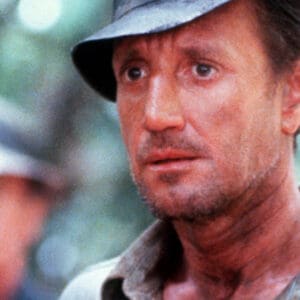
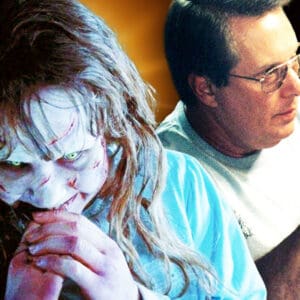
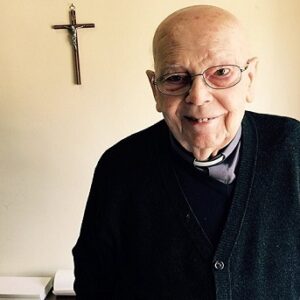
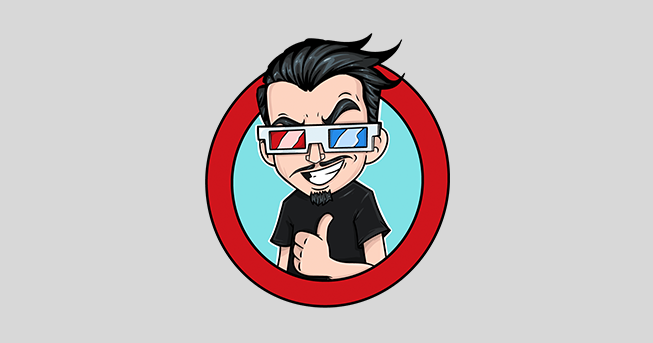




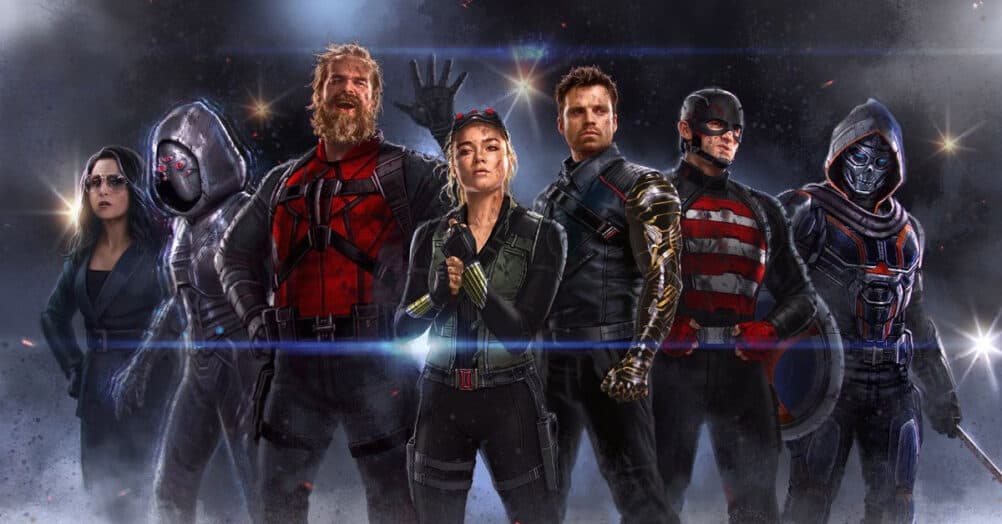
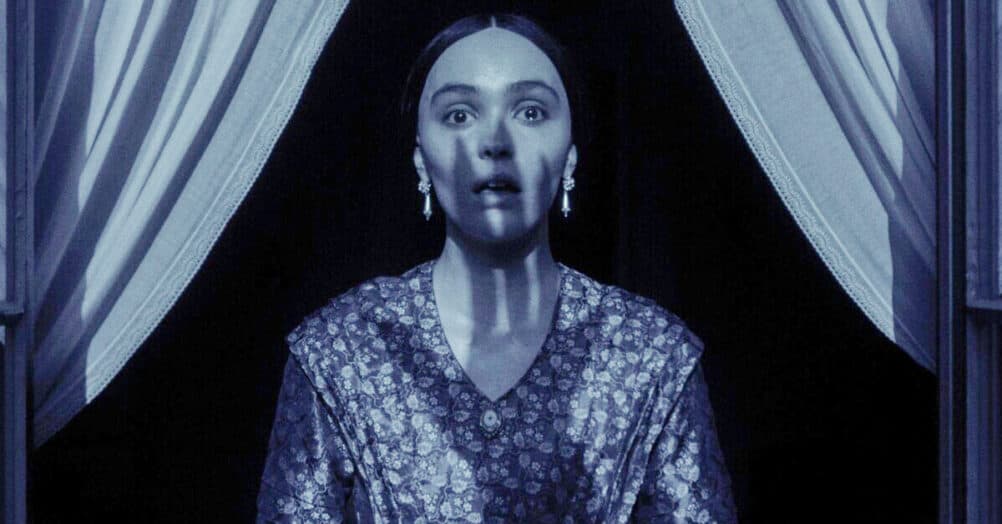



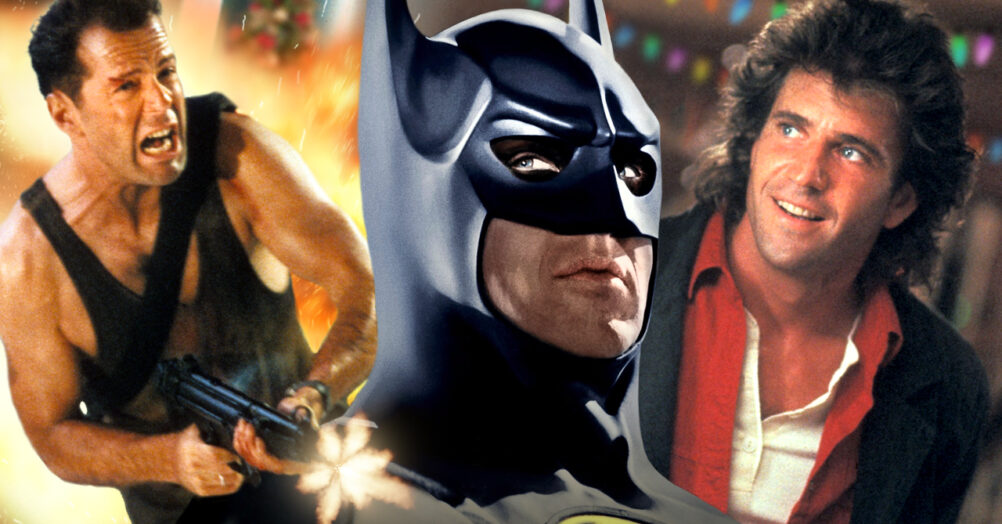
Follow the JOBLO MOVIE NETWORK
Follow us on YOUTUBE
Follow ARROW IN THE HEAD
Follow AITH on YOUTUBE